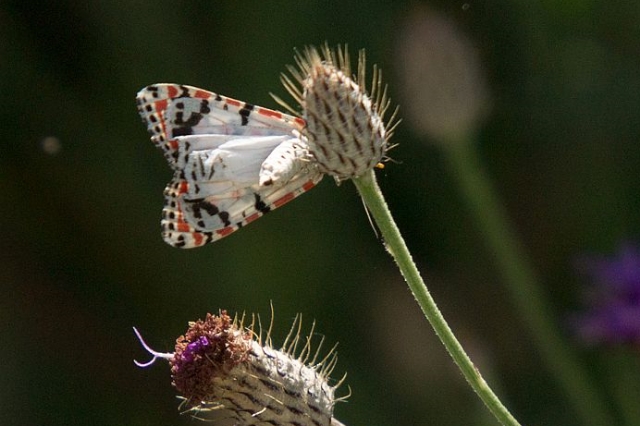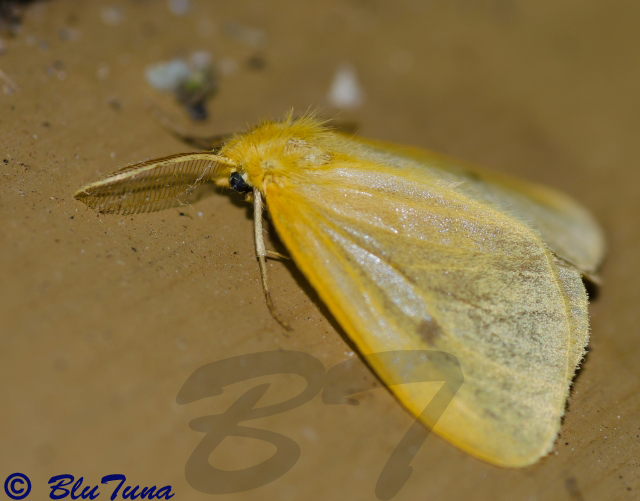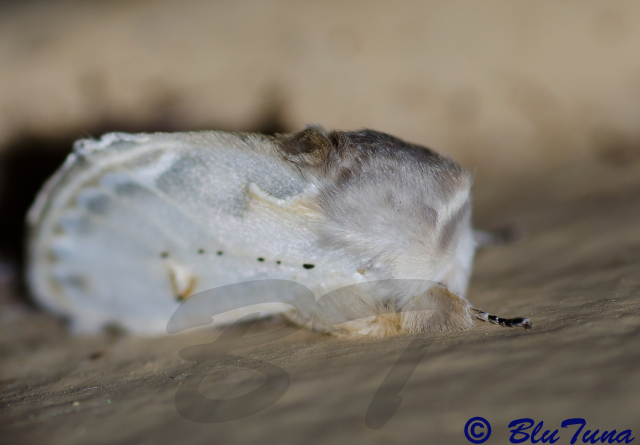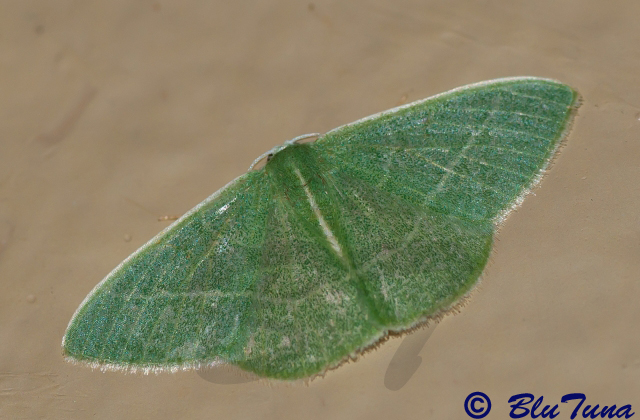Family: Erebidae. Subfamily: Arctiinae
 © Kesheshe
© Kesheshe © Kesheshe
© Kesheshe © Kesheshe
© KeshesheKruger National Park
Description
It is a day-flying, slender, medium-sized moth, with a wing span of approximately 35 mm. The fore wings are narrow, white or cream coloured with a variable pattern of numerous small black spots located between the larger-sized bright red spots. The hindwings are wide, white, with an irregular black border along the outer edge and two black markings in the middle of the cell. The head and thorax range from cream colour to buff yellow, with the same pattern as the wings. The antennae are long and monofiliform. The abdomen is smooth, with a white background.
Distribution
It is found in Africa, Southern Europe, Central and Southern Asia and Australia.
Southern Africa: Mozambique, Namibia, South Africa, Swaziland, Zambia, Zimbabwe.
Habitat
Common and may be found in large numbers in a variety of different habitats, occours also in weedy fields, gardens and agricultural land.
Links: African Moths



 © BluTuna
© BluTuna © BluTuna
© BluTuna © BluTuna
© BluTuna © BluTuna
© BluTuna © BluTuna
© BluTuna